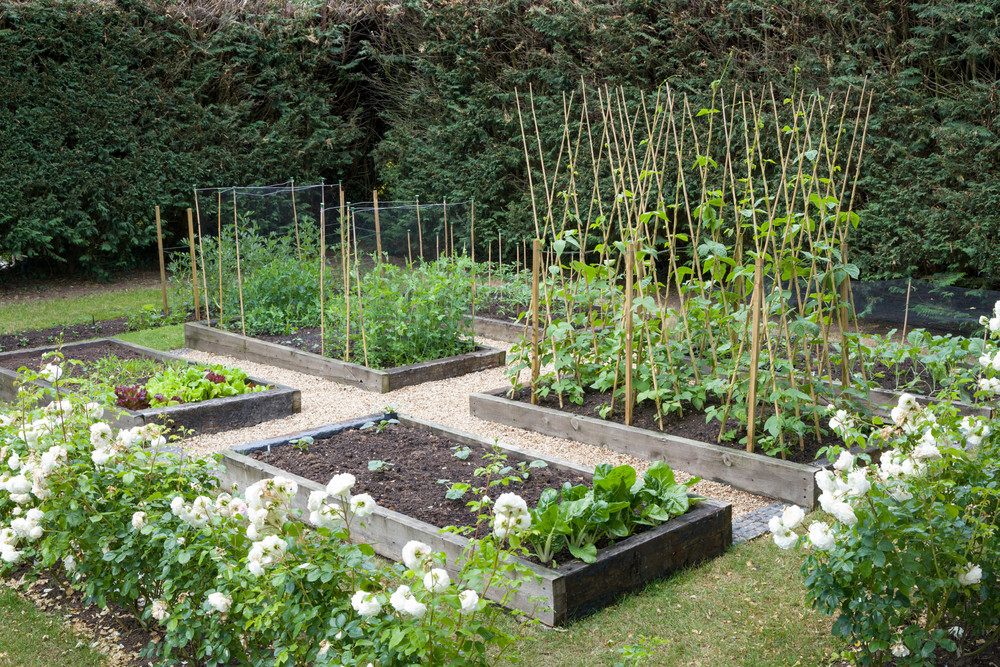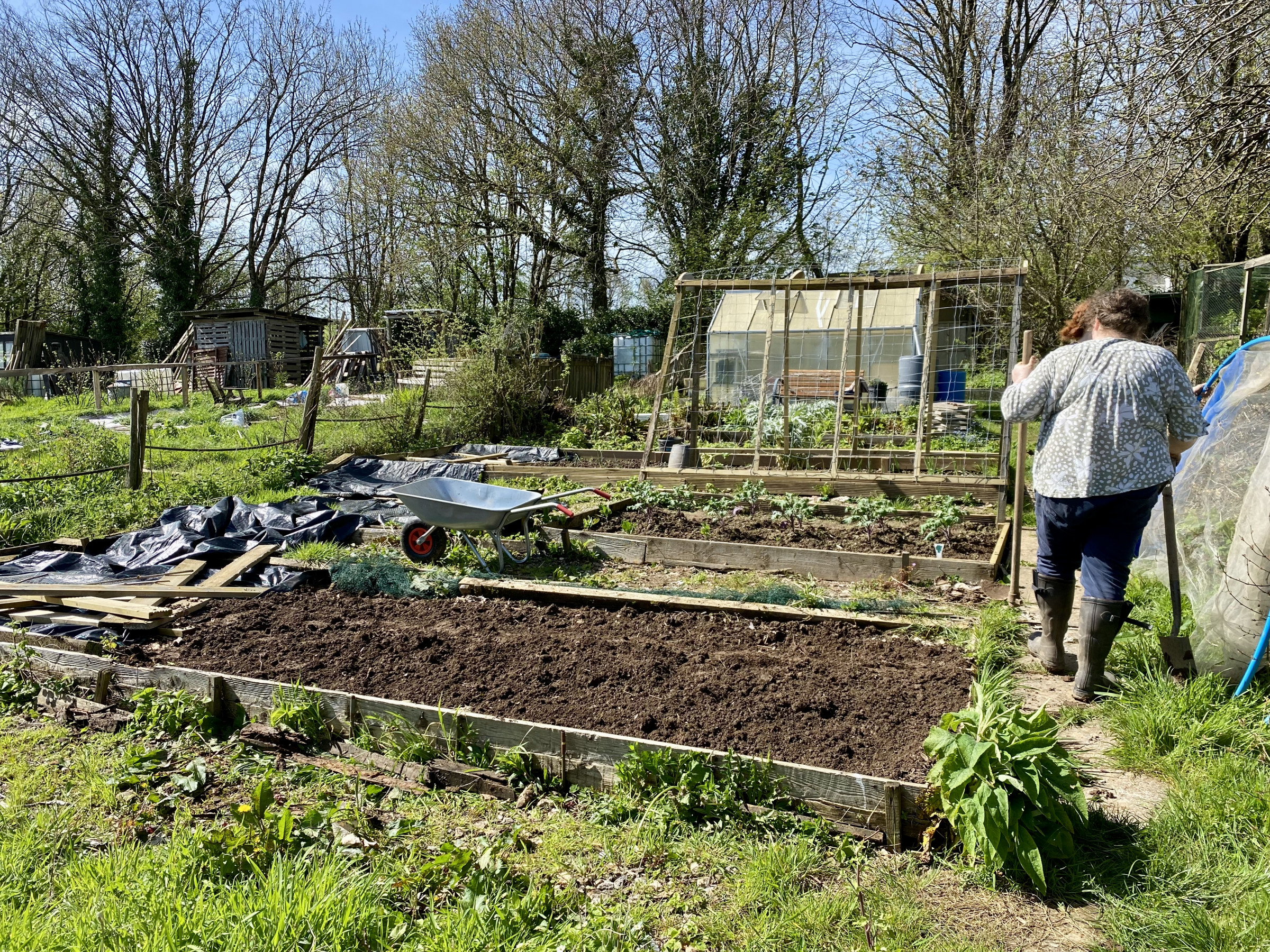Crafting the Ideal Environment for Your Vegetable Garden

A thriving vegetable garden is the product of careful planning and attention to environmental factors. Unlike many ornamental plants, vegetables often require specific conditions to flourish. Therefore, selecting the right location and providing adequate protection are paramount for a bountiful harvest. Our garden planner can help your design your ideal space!
Site Selection: Balancing Elements
The perfect spot for a vegetable garden offers a harmonious blend of warmth, sunlight, shelter, and nutrient-rich, well-draining soil. An open location is essential, but it should be shielded from harsh elements. Avoid areas overshadowed by trees or buildings, as these can create excessive shade, deprive plants of essential nutrients and moisture, and funnel damaging winds.
Combating Wind: A Crucial Factor
Wind poses a significant threat to vegetable yields. Even gentle breezes can reduce productivity by 20-30%, while strong gusts can cause severe damage. Coastal gardens are particularly vulnerable to salt-laden winds, which can desiccate foliage.

Windbreaks: Creating a Protective Barrier
To mitigate the effects of wind, consider installing windbreaks. These barriers should be semi-permeable, allowing air to filter through, rather than solid structures that create turbulent air currents. Options include:
- Living Barriers: Hedges offer an attractive solution, but require time to establish and may compete with vegetables for resources. Suitable for larger gardens.
- Artificial Barriers: Slatted fences or windbreak netting attached to posts provide immediate protection and are ideal for smaller spaces. In very large gardens, a line of trees can be used on the edge of the property.
An effective windbreak provides shelter for a distance approximately five times its height. For exposed gardens, a windbreak of at least 2 meters (6 feet) may be necessary. For more localized wind protection, windbreaks can be placed between rows of vegetables. A windbreak that is 45cm high, and placed 3-4m apart is very effective.
If buildings or trees create wind tunnels, a barrier extending 1 meter (3 feet) in each direction can disrupt the flow. Deciduous shrubs or a hedge can be planted, with temporary windbreaks providing protection until they are established.

Addressing Sloping Terrain
Sloping sites present unique challenges, particularly soil erosion after heavy rainfall. Arranging beds across the slope can help mitigate this issue. A south-facing slope offers advantages in cooler climates, as it warms up quickly in spring. Conversely, north-facing slopes provide relief from intense sun in hotter climates.
Orientation and Positioning
While the orientation of vegetable beds may have minimal impact on open-ground crops, greenhouses and frames should be positioned to maximize sunlight exposure. Tall crops, such as climbing beans, should be strategically placed to avoid shading smaller plants in temperate climates, or to provide shade in hot climates.
By carefully considering these factors, you can create an optimal environment for your vegetable garden, ensuring a healthy and productive harvest.


